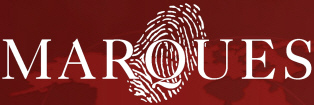Products are designed to be functional and to look nice. The appearance of
the product can add commercial value to it and so make it more appealing to
the consumer. If a product is produced on a commercial scale, its appearance
may be registered as an industrial design. If only one is produced, this is
not an industrial design, but is protected by copyright as a ‘work of art’.
Designs can be registered country by country (either nationally or through
the International Registration system operated by WIPO) or in the European
Union as a whole. Registration provides the owner with the exclusive right
to exploit that design, and this right can be enforced not only against
those who copy the design, but also against those who independently come up
with a design which is too similar to that which is registered.
In order to be registrable, the design generally needs to be new and
original at the time the application is filed, although some territories
allow a period of grace before filing. The interpretation of ‘new’ and
‘original’ also varies by country, and in practice, fairly similar designs
are often accepted for registration. There are usually provisions for the
owner of an earlier registration for a similar design to object though. The
period of protection varies from country to country, but generally designs
are registered for five year periods, being renewable every five years for
up to 15 to 25 years.
A design does not necessarily need to be three-dimensional to be protectable.
Patterns and images applied to the surface of a product (eg a textile) can
also be protected. Some stylized trade marks, logos and shape marks could
also be registered as designs, as can fonts.
The Design Registers can usually be searched by those who wish to use a
design, and want to ensure that they do not infringe the rights of others.
Registration can therefore act as a good deterrent. As registration is
usually quick and relatively inexpensive, it is readily available to even
small and medium-sized businesses, where other forms of Intellectual
Property protection may be too costly.




